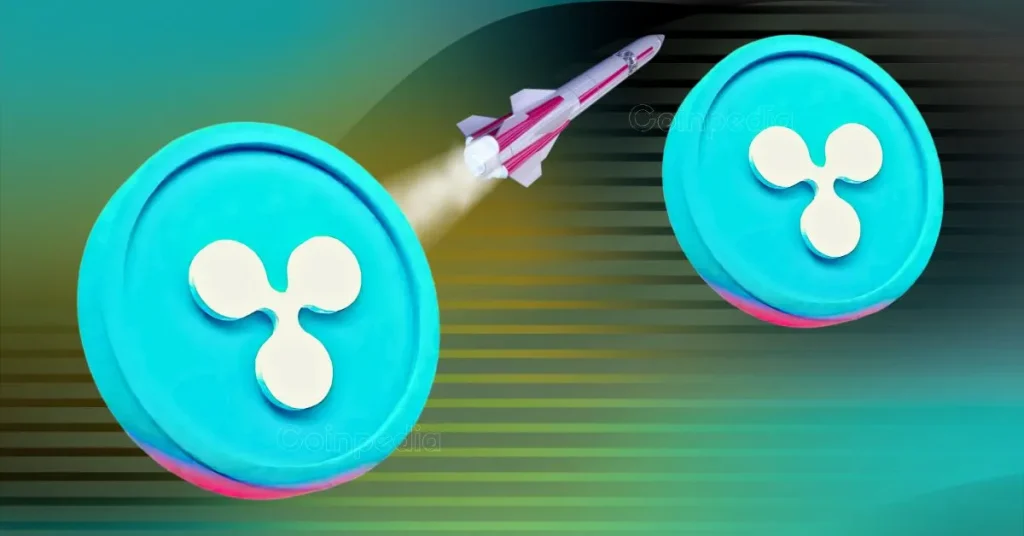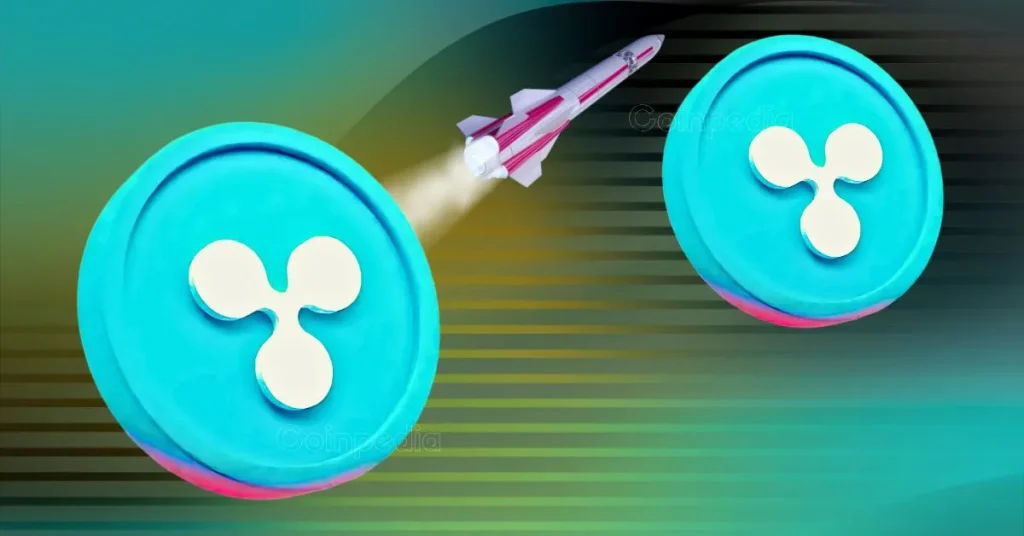
The post Top 5 Altcoins to Buy Now Before the Crypto Bull Run Hits Its Peak appeared first on Coinpedia Fintech News
As the crypto market shows clear signs of recovery, optimism is returning to the scene. Bitcoin has surged past $93,000, and major altcoins are posting gains of over 15% in just a few days.
The broader rally comes as multiple macro and regulatory factors tilt in crypto’s favor—Trump has paused the rollout of new China tariffs, Paul Atkins has officially taken the reins as the new SEC Chair, and hopes of interest rate cuts are gaining momentum.
With fear cooling off and confidence building, market watchers are turning bullish again. Popular analyst Crypto Christopher believes this is just the beginning of a much bigger rally. He’s spotlighting five top altcoins that he says are ready to explode before the bull run peaks.
1. Ethereum (ETH):
Christopher remains ultra-bullish on Ethereum, calling it “massively undervalued” around the $1,600 mark. Unlike Bitcoin, ETH hasn’t set a new all-time high this cycle—yet. With Ethereum continuing to dominate DeFi, Web3, and Layer-2 infrastructure, he sees a conservative 3x to 4x upside, and even hints at a potential $10,000 price target in a bullish scenario.
“This is a generational buying opportunity,” he states.
2. XRP:
Despite regulatory turbulence in recent years, XRP is back on the radar. Christopher sees massive upside potential driven by the coin’s global utility and ambitions for government adoption. XRP has a history of explosive price surges, and with a favorable macro backdrop and increasing utility, the analyst believes it could one day rival Ethereum in market cap.
3. Binance Coin (BNB):
BNB is staging a comeback. With rising trading volume, regular token burns, and cheaper transactions compared to Ethereum, Binance Smart Chain is regaining its developer base. Christopher expects BNB to smash through previous highs, potentially hitting $1,000 or more as new DeFi projects and liquidity return to the ecosystem.
4. Cardano (ADA):
Often labeled a slow mover, Cardano hasn’t seen the breakout action other Layer 1s have. But Christopher argues that ADA’s current range-bound price is a blessing in disguise. With ADA still well below its $3 ATH, he projects a 5x return is possible.
“For conservative investors using low leverage, ADA is one of the safest bets right now,” he adds.
5. Solana (SOL):
Closing the list of top altcoins is Solana, which Christopher dubs one of the strongest Layer 1 ecosystems today. Despite past concerns over network outages, meme coin mania and skyrocketing user volume are fueling momentum. From its current price around $140, Christopher sees 2x to 3x gains ahead, with up to 10x potential on leveraged positions if network growth holds. As market sentiment flips bullish and institutional inflows return, these top altcoins are well-positioned for the next leg of the bull run. While Bitcoin leads the charge, it’s these carefully selected altcoins that could deliver outsized gains, especially if history repeats itself.
Never Miss a Beat in the Crypto World!
Stay ahead with breaking news, expert analysis, and real-time updates on the latest trends in Bitcoin, altcoins, DeFi, NFTs, and more.




 The Saudi Prince (per his own quote) met with President Trump and decided the timing was right for an
The Saudi Prince (per his own quote) met with President Trump and decided the timing was right for an 




